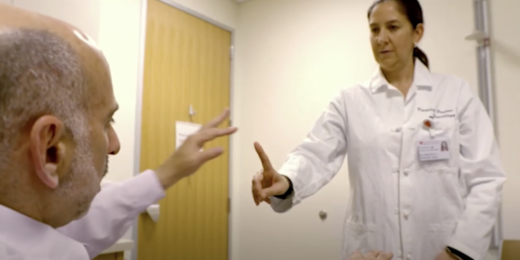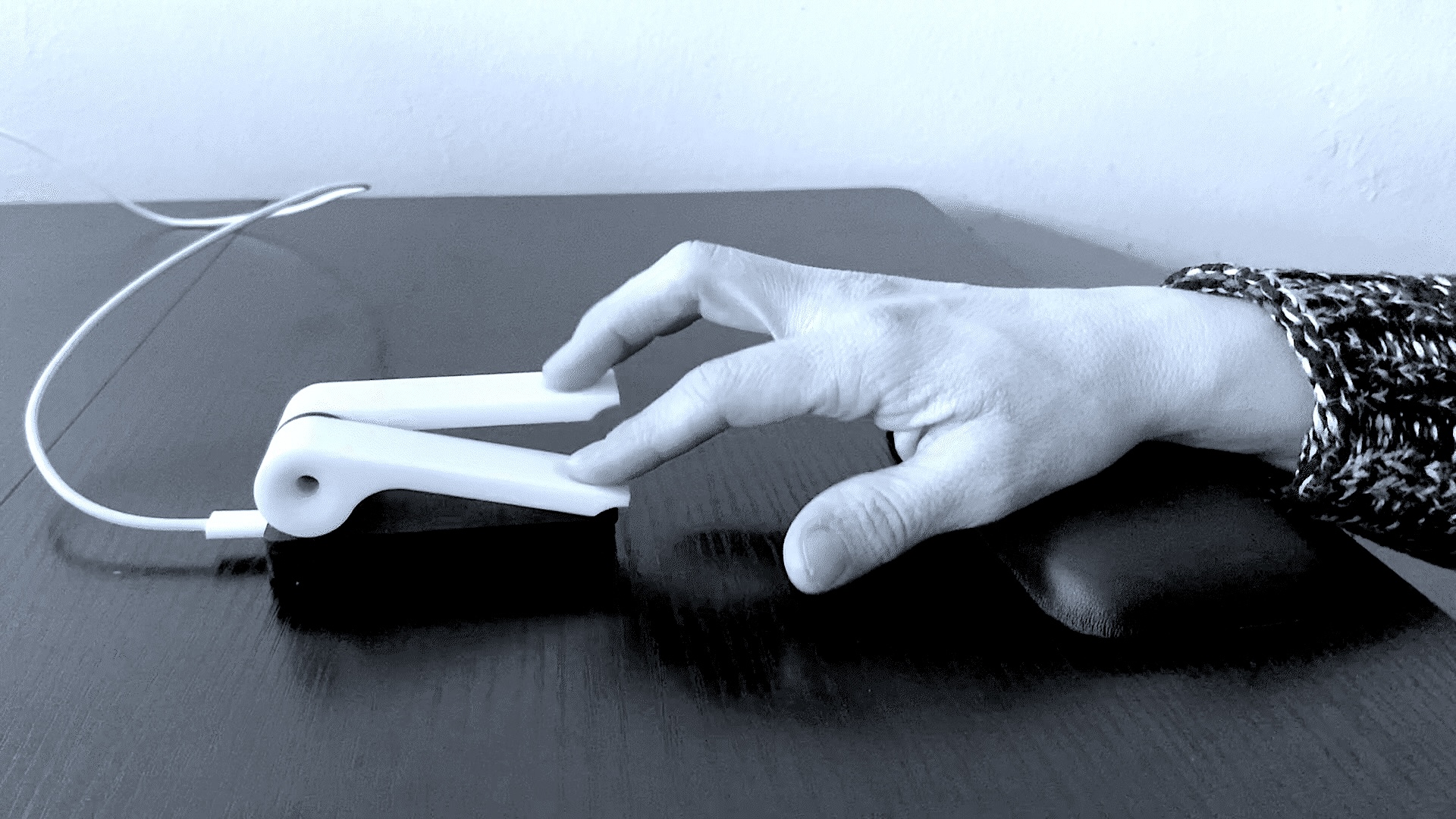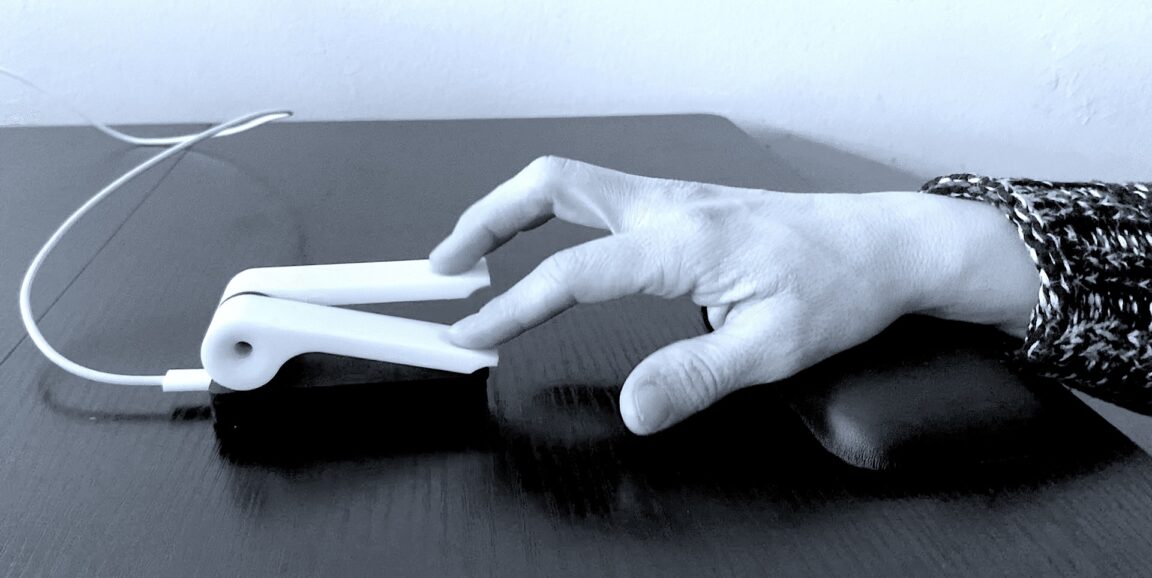
The new tech that could improve care for Parkinson’s patients
The number of people living with Parkinson’s disease globally has doubled in the past 25 years.
Yet the treatment and monitoring of the neurological disease seems many decades behind. Clinicians typically gauge the severity of the disease using subjective rating scales, and a shortage of doctors trained to treat Parkinson’s means that people can go months — or years — between clinic visits.
This leaves patients in a troubling spot, often unsure how quickly their disease is progressing and whether they are responding appropriately to medications.

Now, Stanford Medicine researchers have developed a simple, portable device paired with a smartphone-connected platform that patients can use at home to measure the severity of their Parkinson’s disease symptoms in a quantitative and reproducible way. It translates tiny details about finger presses into data that clinicians can use to guide Parkinson’s treatments remotely.
Helen Bronte-Stewart, MD MSE, the John E. Cahill Family Professor and a professor of neurology and neurosciences, led the work, which was described in two recent papers and received funding to further develop the technology from a series of awards — a Neuroscience: Translate grant from the Wu Tsai Neuroscience Institute, a placement in the Fogarty Innovation program, and a Stanford Medicine Catalyst award.
We asked her more about how these technological advancements — made up of a digital platform called Quantitative DigitoGraphy Care and a small device called a KeyDuo — could change the game for patients and clinicians. This interview has been edited for clarity and length.
What are the current challenges with monitoring Parkinson’s disease progression?
Until now, we’ve relied on in-person exams to monitor Parkinson’s. Tremors and bradykinesia — the slowness of movements we see in Parkinson’s — are ranked on a clinical rating scale that is somewhat subjective. Rigidity or stiffness is gauged by the examiner passively rotating a person’s joints to describe their tone.
In studies, the Parkinson’s exam is usually videotaped, and an outside reviewer watches the tape to minimize variability in these ratings. But that means they immediately lose all the data that you get from physically touching a patient and feeling their joints. For a long time there has been this huge unmet need for clinicians to have high-resolution metrics on Parkinson’s.
On top of those technical challenges, we know that only about 40% of patients with Parkinson’s ever see a neurologist, and many of those go months between appointments. It is desperately difficult for people to get care, and they are often left to fend for themselves and manage their own medications.
It is desperately difficult for people to get care, and they are often left to fend for themselves and manage their own medications.
Helen Bronte-Stewart
Only fellowship-trained movement disorder specialists — who make up 0.14% of physicians — receive in-depth training with the clinical rating scale used to assess Parkinson’s motor symptoms. The supply of physicians who feel comfortable managing the condition is very small. In addition, clinical trials in Parkinson’s are hampered without objective, precise measurements, which has crippled the pipeline of new therapeutics.
For diabetes patients, we now have these great ways of monitoring glucose levels so they know exactly how much medicine they need to take and when. We need the same thing for Parkinson’s disease.
Where did the idea for a tactile measuring device come from?
I was running a clinic for performing artists with dystonia — a muscle disorder that musicians can develop that interferes with their ability to play. We had put together a computerized keyboard so we could measure their symptoms, and we happened to have a pianist with Parkinson’s disease try it. He did the test one day while he was on his Parkinson’s medications and one day when he was off his medications, and we realized we could tell the difference based on the keyboard data.
The critical difference between this device and other keyboards is that we have tension-engineered levers — we’re not just measuring a single tap of the lever, but we can detect how hard someone is pressing, the speed the lever moves at and exactly how far down it moves.
The critical difference between this device and other keyboards is that we have tension-engineered levers — we’re not just measuring a single tap of the lever, but we can detect how hard someone is pressing, the speed the lever moves at and exactly how far down it moves.
Helen Bronte-Stewart
As we started working with more Parkinson’s patients, we realized that with just two levers we could measure the rigidity of a person’s joints, which had never been done without an in person evaluation before. They do repetitive alternating finger tapping on the levers for 30 seconds, and the device creates a high-resolution motor outcomes assessment in real time for the physician to view and make treatment-adjusting decisions.
A patient can stay at home for monitoring?
Yes, and the patient can take the device with them wherever they go. It’s light and fits in the palm of the hand. It’s paired with a mobile app on a smartphone or tablet, so the test can be done anywhere, anytime, and the results will be transmitted to the prescribing health care provider in real time.
What has your recent research shown on this?
In our first new paper in June we described the full set of tools that encompasses the technology and connects it to electronic medical record systems. We followed the first eight patients who used the full system at home for 30 days, testing their symptoms twice per day, and showed that we could gain insights into how their symptoms changed in response to medications, both within a given day and over the course of days to weeks.
In the more recent paper from August we showed that our device could also detect involuntary tremors associated with Parkinson’s disease. This is something that has been incredibly hard to capture in the past, even in clinical exams. But our group used statistical modeling to show that both the timing and amplitude of lever pushes on the device could identify tremors, with a sensitivity of 98%.
Could this help standardize results and improve patient care?
The results with this are objective and validated, and they get around the variability of the subjective rating scale or evaluation. The device also allows a physician to better manage patients between infrequent in-person visits — and it creates a rich set of data points for a physician to assess motor outcomes and potential trends. Patients suddenly have more frequent interactions with their provider by using this tool remotely.
We hope that this kind of continuous motor monitoring system can have similar effects as continuous glucose monitoring has had for diabetes. It will allow people to manage their medicines more carefully and allow health care providers to look after people between these rare visits. For primary care physicians, who often don’t know how to conduct a classic Parkinson’s exam and don’t feel comfortable monitoring people with Parkinson’s, it could give them the data they need to improve their skills.
This kind of tool could also allow researchers to study new Parkinson’s drugs. You’ll be able to get data for an early-stage therapeutic in much less time, with fewer participants and at reduced cost. That’s in part because it will so much easier to recruit patients — you can send them a device instead of requiring lots of visits to specialized centers — and in part because these higher-resolution metrics will make it clearer whether a therapeutic is working.
Image: The device being developed by Stanford Medicine researchers to enable remote Parkinson’s monitoring. It’s called the KeyDuo. (Courtesy Helen Bronte-Stewart)
Popular posts
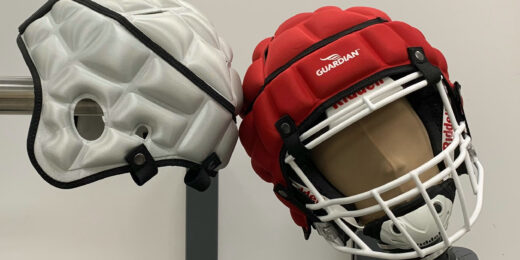
Padded helmet cover shows little protection for football players
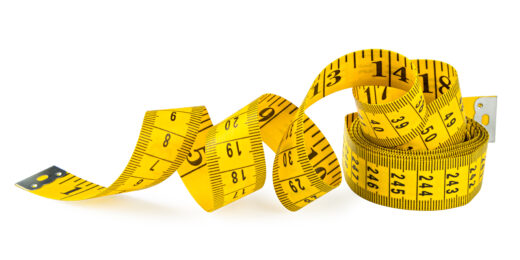
Is an increase in penile length cause for concern?
This news item came from: https://scopeblog.stanford.edu/2024/09/20/parkinsons-remote-monitoring-tools/
